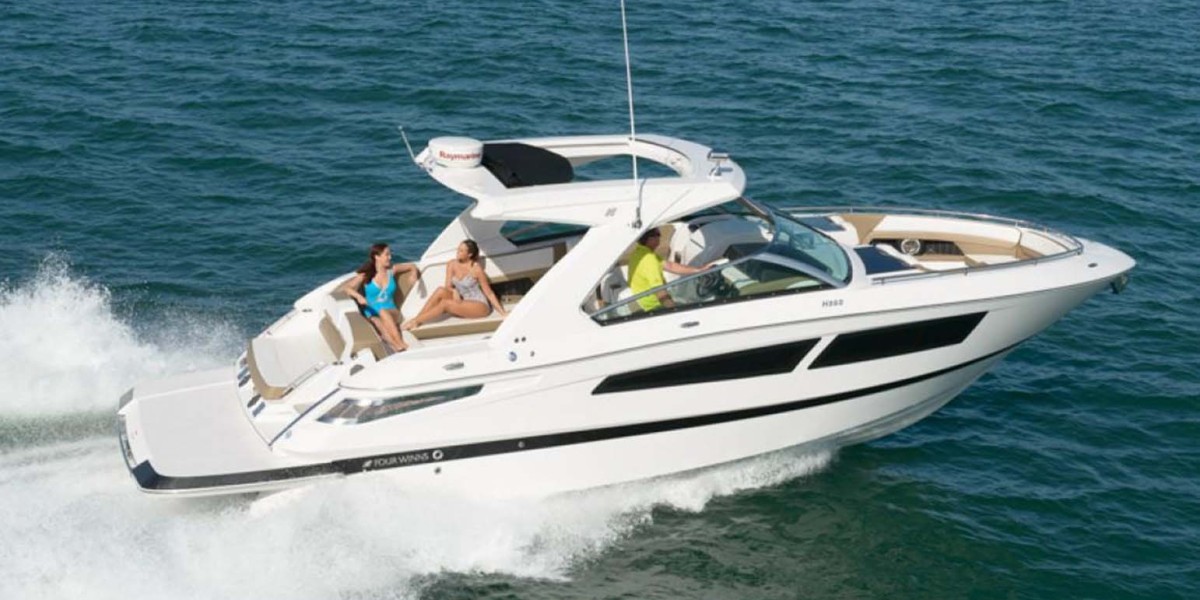Hydrophilic coatings, characterized by their high affinity for water, are specialized surface treatments used to reduce friction, enhance lubrication, and increase biocompatibility across various industries. Designed to attract and retain water, these coatings are especially valuable in applications where reducing friction, improving wettability, and ensuring fluid compatibility are critical. Hydrophilic coatings are widely utilized in medical devices, automotive, optical lenses, and water filtration systems, where they improve functionality and durability. As the demand for high-performance, eco-friendly surface treatments continues to grow, hydrophilic coatings are gaining prominence due to their unique properties and broad applicability.
More Info : https://www.econmarketresearch.com/industry-report/hydrophilic-coatings-market/
The Science Behind Hydrophilic Coatings: How Water Affinity Works
The hydrophilic nature of these coatings arises from the incorporation of polar molecules or groups that readily interact with water. When applied to a surface, hydrophilic coatings create a layer that attracts water molecules, forming a stable, lubricating film. This water-attracting layer reduces the coefficient of friction, making the surface slippery and enabling smoother interaction with biological tissues or mechanical parts. In healthcare applications, for example, this quality can ease the insertion of medical devices into the human body. This water-loving property also helps in dispersing or sheeting water uniformly across the surface, rather than beading, which is especially advantageous for optical lenses and automotive applications.
Hydrophilic Coatings in Medical Applications: Improving Patient Comfort and Safety
In the medical field, hydrophilic coatings are essential for devices such as catheters, guidewires, and endoscopes, where they enhance patient comfort and reduce the risk of infection. The coating’s lubricating properties facilitate easier insertion and removal of these devices, minimizing tissue irritation and damage. Hydrophilic coatings are often used in minimally invasive procedures, where smooth device movement within the body is crucial for precision and patient comfort. Additionally, the hydrophilic layer can reduce microbial adhesion, which lowers the risk of infections and promotes better patient outcomes. These coatings are thus a critical innovation in improving both safety and efficiency in modern medical practices.
Advancements in Hydrophilic Coatings for Automotive and Optical Applications
Hydrophilic coatings are also transforming automotive and optical industries by enhancing safety and functionality. In the automotive sector, these coatings are applied to windshields and mirrors to ensure clear visibility during rainy conditions. The water-spreading action of the hydrophilic surface allows water droplets to flatten and disperse, thus reducing glare and improving driver visibility. Similarly, in the optical industry, hydrophilic coatings on lenses help prevent fogging, a common issue with eyewear in humid or cold conditions. These coatings improve user experience by keeping vision clear and unimpeded, contributing to safer driving and more comfortable eyewear.
Role of Hydrophilic Coatings in Water Filtration and Environmental Applications
In water treatment and filtration systems, hydrophilic coatings enhance the performance of membranes by preventing clogging and improving flow rates. These coatings ensure that water flows freely through filtration membranes, reducing the buildup of contaminants and enhancing overall efficiency. Additionally, hydrophilic coatings are often used on desalination membranes, where they aid in preventing fouling, extending membrane life, and increasing the effectiveness of water purification processes. With the growing emphasis on sustainable water resources, hydrophilic coatings contribute to more efficient and durable water treatment solutions, playing a vital role in addressing global water scarcity.
Types of Hydrophilic Coatings: Polymer-Based, Silica-Based, and Plasma-Treated Coatings
Hydrophilic coatings can be categorized based on the materials and processes used in their application. Polymer-based hydrophilic coatings are widely used due to their versatility, biocompatibility, and ease of application, making them suitable for medical devices and industrial components. Silica-based hydrophilic coatings are often employed in optical and automotive applications due to their transparency and durability, while plasma-treated coatings are created through a process that modifies the surface chemistry to enhance hydrophilicity. Each type offers unique benefits, allowing industries to select the coating that best meets their specific requirements for durability, biocompatibility, and water-attracting performance.
Production and Application Techniques for Hydrophilic Coatings
The production of hydrophilic coatings typically involves processes like dip coating, spray coating, or chemical vapor deposition (CVD), each offering distinct advantages depending on the end-use application. Dip coating and spray coating are economical methods commonly used in medical and industrial applications for even coverage on complex shapes. For high-precision requirements, CVD or plasma-enhanced chemical vapor deposition (PECVD) methods allow for uniform, durable coatings on substrates with excellent adhesion. Proper curing and cross-linking are also essential for long-lasting hydrophilic properties, ensuring that the coating maintains its water-attracting behavior even under rigorous conditions.
Hydrophilic Coatings vs. Hydrophobic Coatings: Complementary Functions and Uses
While hydrophilic coatings attract water, hydrophobic coatings repel it, creating two complementary solutions for different applications. Hydrophilic coatings are preferred in medical, automotive, and optical applications where water compatibility and reduced friction are essential. On the other hand, hydrophobic coatings are used in environments that require water resistance, such as in anti-corrosion coatings or waterproof textiles. Understanding the distinctions and complementary functions of these coatings allows industries to tailor their use for optimal performance. For example, some applications may use a combination of both hydrophilic and hydrophobic coatings for multi-functional benefits in one product.
Future Trends in Hydrophilic Coatings: Sustainable and High-Performance Innovations
As industries seek to develop more eco-friendly and high-performance materials, hydrophilic coatings are evolving to meet these demands. Innovations in bio-based polymers and sustainable coating formulations are making these coatings less reliant on synthetic chemicals, reducing their environmental footprint. Additionally, there is a growing interest in smart hydrophilic coatings that respond to environmental stimuli, such as temperature or pH changes, allowing for customizable functionality. These advances in sustainable and responsive hydrophilic coatings are expected to broaden their applications further, particularly in medical and environmental fields, where high standards of safety and adaptability are essential.
Phone Number: +1 812 506 4440
Email : [email protected]









